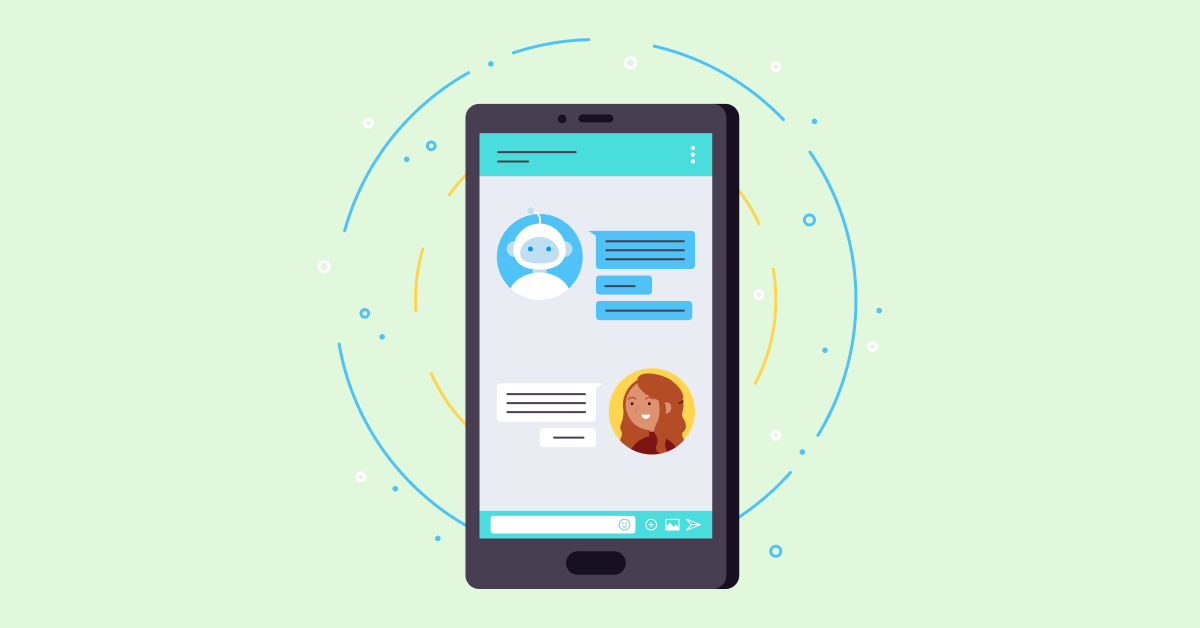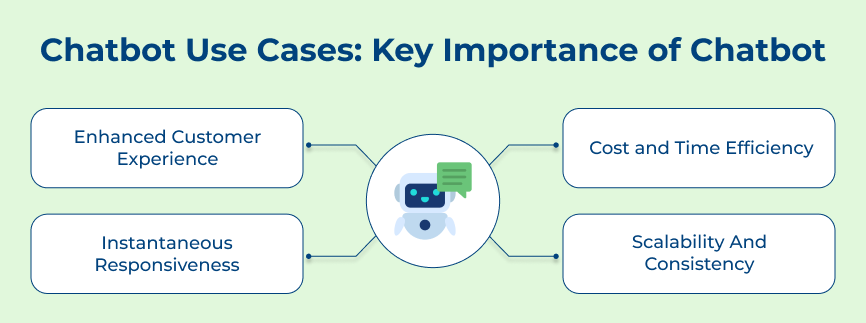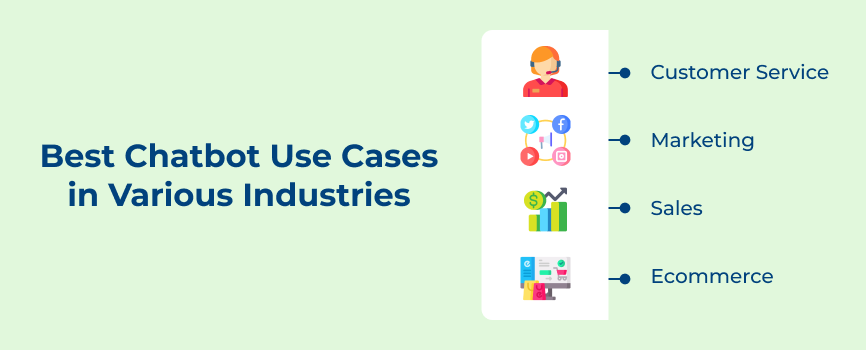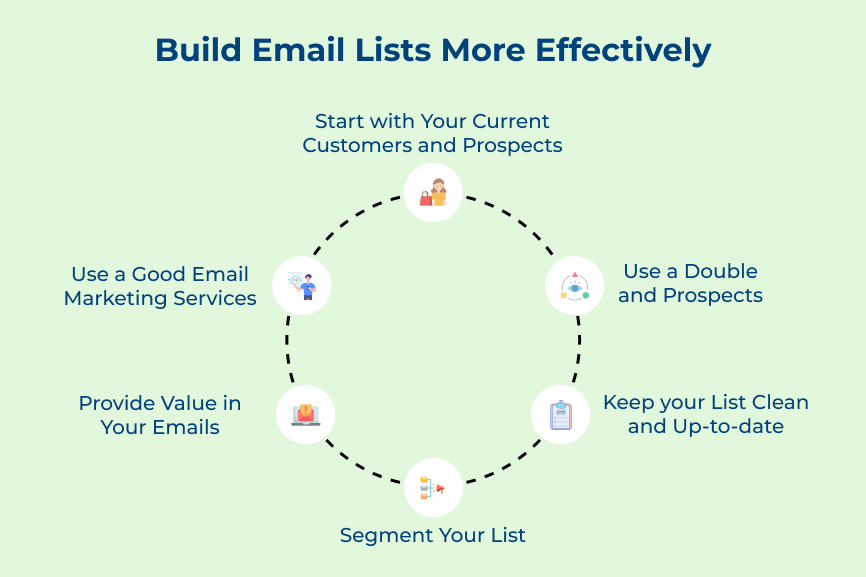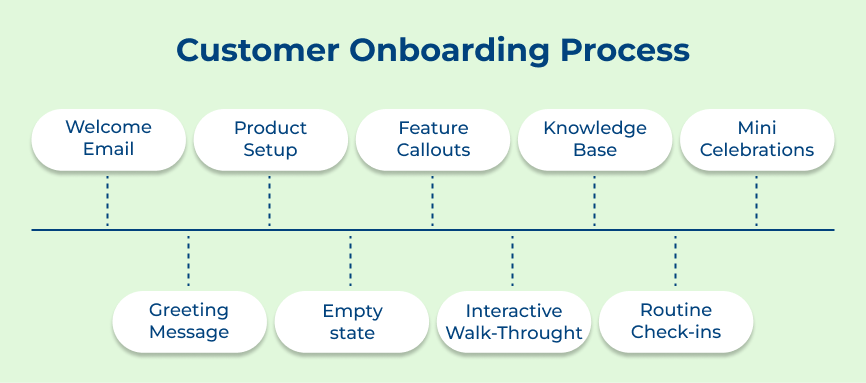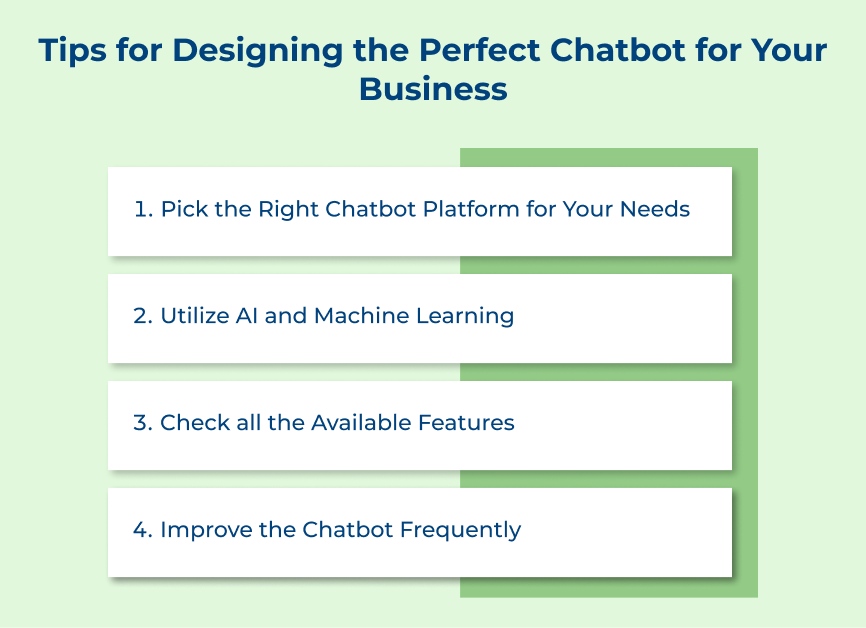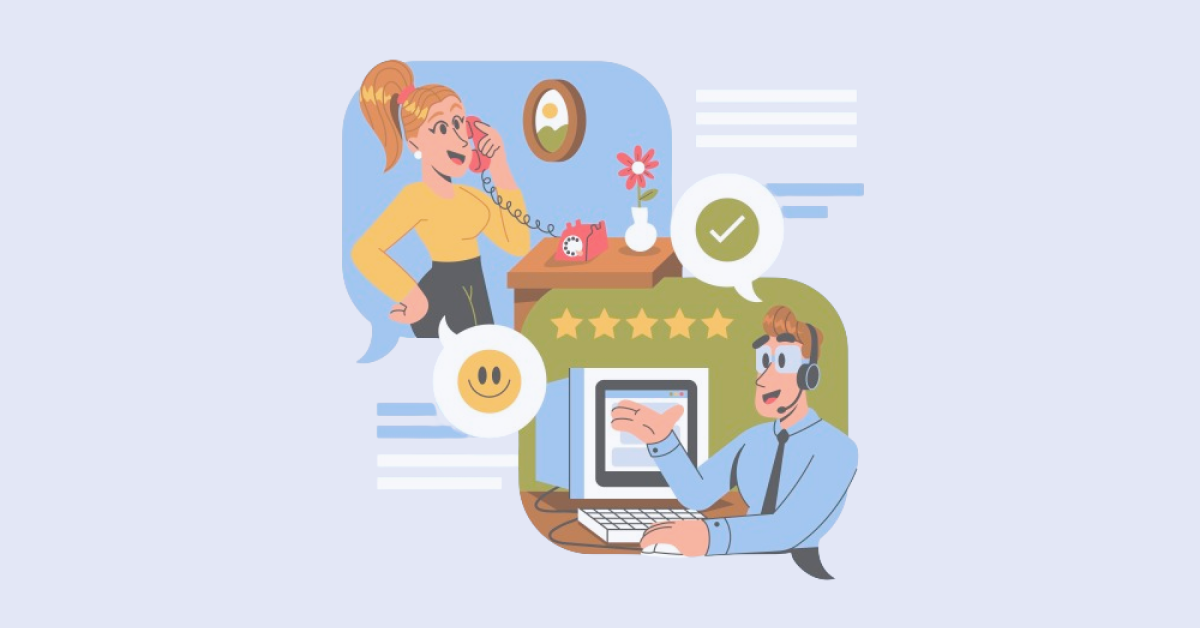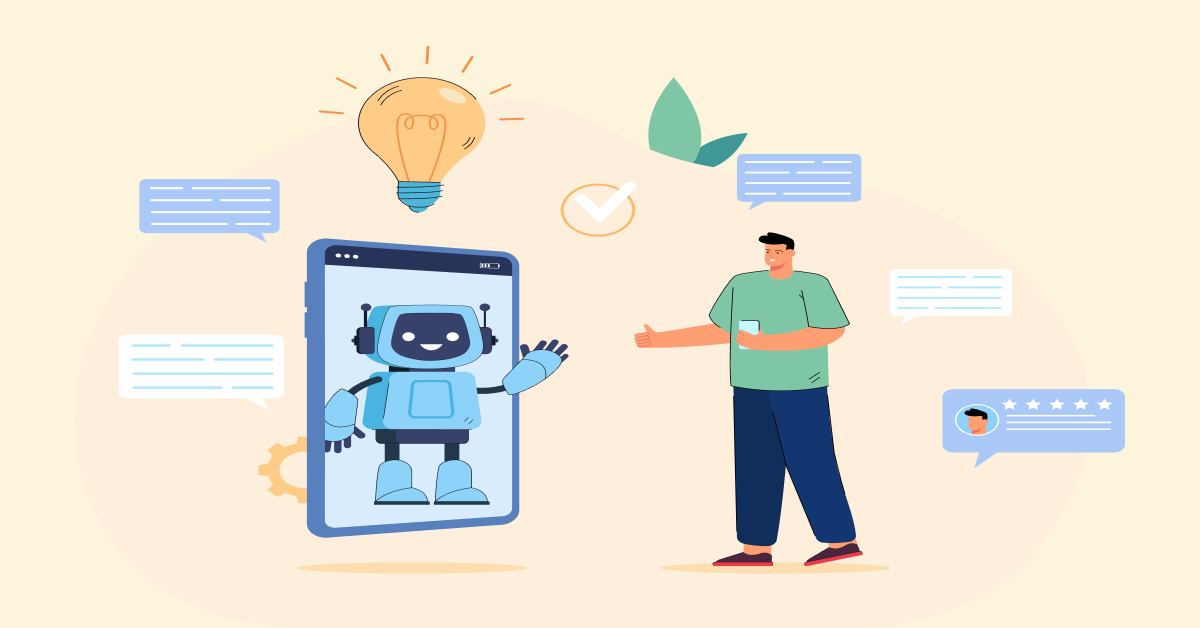Chatbots engage in conversations with website visitors, delivering personalized experiences and capturing contact information. They can ask for visitors’ email addresses directly or offer valuable content in exchange for their email addresses. Businesses can automate the process of collecting email addresses by using a chatbot, saving time and effort.
Best practices:
- Offer visitors incentives such as exclusive content, discounts, or giveaways in exchange for their email addresses.
- Chatbots should communicate in a friendly tone to make visitors feel comfortable and encourage them to share their information.
4. Chatbots Help Simplify Pricing
Chatbots are designed to provide real-time assistance to customers. When it comes to pricing, their potential makes them invaluable. Leveraging a chatbot allows businesses to eliminate the need for customers to browse through complex pricing structures or wait to be assisted by a sales representative.
Businesses must integrate their pricing systems with the chatbot platform. The integration enables the chatbot to access real-time pricing information and provide accurate responses to customers. They can also handle complex pricing calculations ensuring customers receive transparent and accurate information.
Best practices:
- Customize the chatbot’s pricing information to align with the business’s pricing strategies and policies.
- Use chatbots to provide personalized discounts or promotions based on customer preferences.
C. Sales
Let’s explore the best chatbot use cases in sales. It will give some valuable insights into how they have transformed the way businesses and customers communicate.
5. Chatbots serve as sales agents
Chatbots serve as sales agents by engaging with website visitors or potential customers in conversations that mimic a real-life salesperson. They have the ability to guide customers through the customer journey, provide product recommendations based on their preferences and address any concerns they may have.
The working mechanism of chatbot sales agents involves using natural language processing to understand customer queries and respond accordingly. They can analyze customers’ intent, gather relevant information and provide personalized assistance.
Best practices:
- Chatbots should be programmed to communicate clearly, avoiding jargon or complex language.
- Implementing a handover process where chatbots can seamlessly transfer customers to human agents when needed.
6. Chatbots Provide Quotes and Estimates
Chatbots provide quotes and estimates as part of their role in sales funnel automation. Chatbots’s capabilities have expanded to include quoting and estimating functions. The functionalities allow businesses to streamline their sales processes, reduce response times and provide customers with accurate pricing information.
When a customer asks for an estimate, the chatbot retrieves the necessary information from a database or CRM system and generates a response in real time. It eliminates the need for customers to wait for a sales representative to manually calculate the cost or send a quote.
Best practices:
- Ensure the chatbot is properly trained to answer customer’s customer requests for quotes and estimates. It involves providing the chatbot with accurate and up-to-date information.
- Customize the chatbot’s responses to provide personalized quotes and estimates.
D. Ecommerce
The E-commerce industry has incorporated chatbots on a large scale. Let’s explore various chatbot use cases there and how they have transformed the way customers shop:
7. Order and Refund Processing
Order and refund processing can be a time-consuming task for both parties. The integration of chatbots has made the process more efficient and seamless. They can assist customers in placing orders, tracking shipments and initiating returns or refunds – all within a conversational interface.
The way chatbots work for refund processing is through a combination of artificial intelligence and natural language processing. They are programmed to respond to customer queries, provide relevant information and guide them through the necessary steps. Chatbots can also access customer data to offer personalized recommendations or suggest alternative products.
Best practices:
- Chatbots should be programmed to communicate clearly and concisely, leaving no room for confusion. Customers should be able to easily understand the information provided and the actions required.
- Chatbots should be seamlessly integrated with the backend systems of ecommerce platforms, such as inventory management and payment gateways.
8. Customer Onboarding
Customer onboarding is a crucial process in the industry of ecommerce. 97% of companies say good user onboarding is necessary for a product’s growth. It refers to the steps businesses take to engage and familiarize new customers with their solutions, ensuring a smooth transition into becoming loyal patrons. The advancement of technology has made chatbots a valuable tool for customer onboarding.
